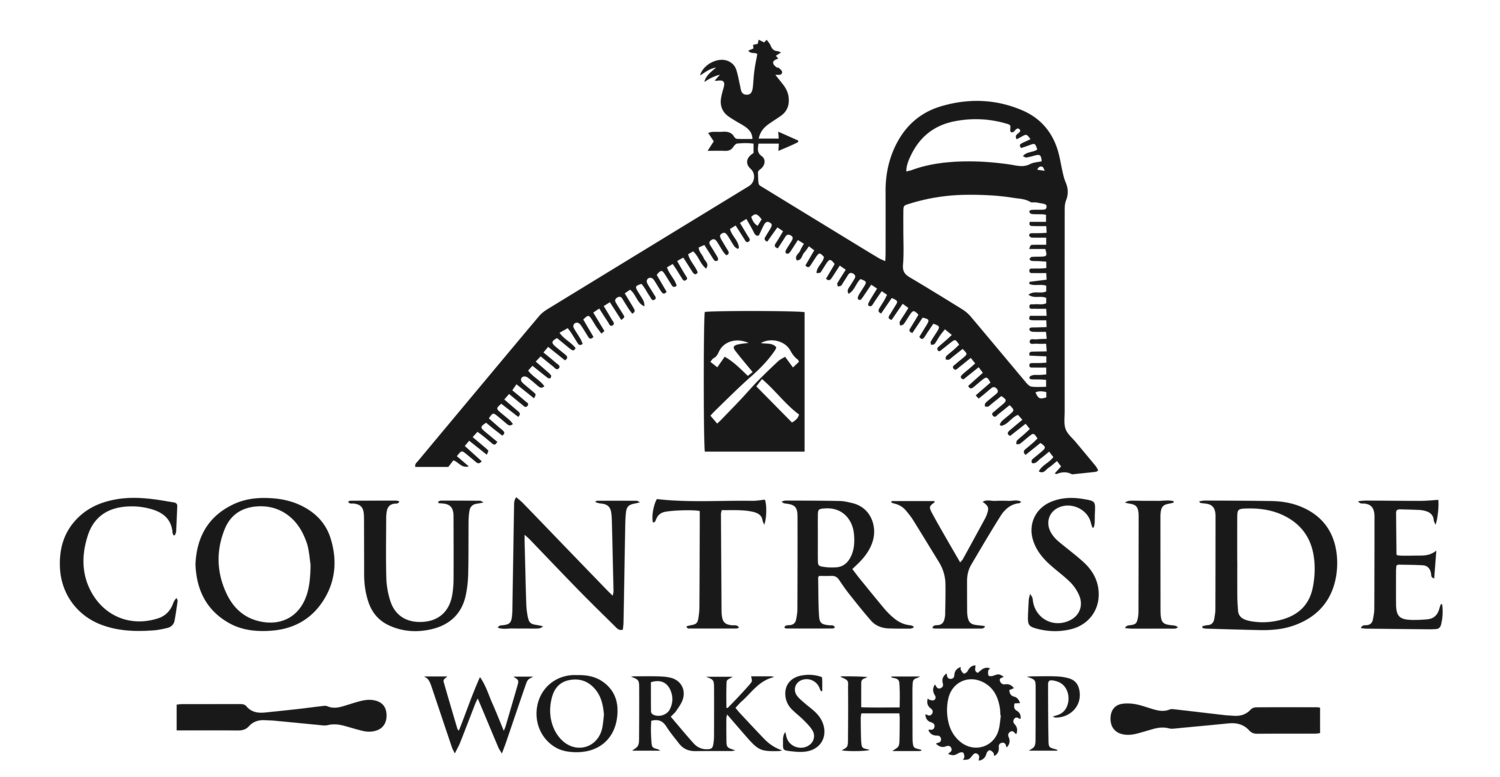I find lathe projects easy to record, edit, and release when I haven't had the time for other projects. I am not sure if my next video will be a turning video or not but I do know that a video on my turned mallet will be coming up soon.
Materials
I looked into my scrap wood bin to find something that would be quick to turn. I have this 2x2 pine cut off that I used in another project and it was perfect for this video. I needed a blank that had a dark grain pattern so it could be seen under the dye.
Process
Using Easy Wood Tools Easy Rougher makes it easy to bring the blank to round. Using plunge cuts makes quick work of getting the blank round. Once the blank is round then you can use sliding cuts to bring the blank down to your desired thickness. I switched to the Easy Wood Tools Easy Finisher to make my curves. This blank started out being a small cup but the more I turned it started to flow into a nice vase shape.
**I have the Full Size tools, but you might find it easy to control the smaller tools like the Easy Start Tools or the Mini Tools. They are not quite as long and are easy to move around smaller projects.**
After the blank is turned down to its final shape it is time to sand and prep for finish. I go through 5 different grits for my wood blanks. I progression is 150, 240, 320, 400, 600. I sand with each grit while the blank is spinning, then I stop the blank and sand side to side to remove any swirl marks. I do this for each of the 5 grits.
Finish
The finish I use is a 3 part process, but chose to only do 2 parts as the dye would seal the wood enough. You have to seal the wood, micro polish the wood, then apply a top coat.
I dyed the wood with Gel Food Dye. Shhh, I had to borrow it from my wife's baking supplies. You don't have to use a gel, the liquid is probably better as it will spread easier and you will get more grain pop with it. I used what I had on hand. You can find the product I used here.
After the wood is sealed you need to micro sand the CA glue to make sure it is smooth for the top coat. I use a wax with really fine abrasives mixed in with it. EEE-Ultra Shine from U Beaut Polishes. I apply a small amount to a blue paper towel and apply it by hand while the blank is not spinning. I then turn on the lathe and sand until it is smooth. I switch to a clean piece of paper towel and polish the blank until it no longer feels waxy.
Once the blank is all smooth, it is time to add the top coat. The protective layer. I use a high build friction polish. The Mylands High Build Friction Polish is some of the best I have used. The more coats you apply the higher the sheen and the tougher the finish is. I apply 5 coats to my pens. You want to shake the bottle very well as the contents separate while the sit. I apply a nickel size drop to a blue paper towel and while the blank is spinning I rub the polish on. You will need to apply pressure to create the friction to cure the polish. If your finger is not getting warm then the polish is not curing. I repeat the above step 4 more times. On my final coat I make sure I let it run long enough that the finish is dry and cure.
Assembly
I follow the instructions that come with each bottle stopper.
Related Articles...


I find lathe projects easy to record, edit, and release when I haven't had the time for other projects. I am not sure if my next video will be a turning video or not but I do know that a video on my turned mallet will be coming up soon.